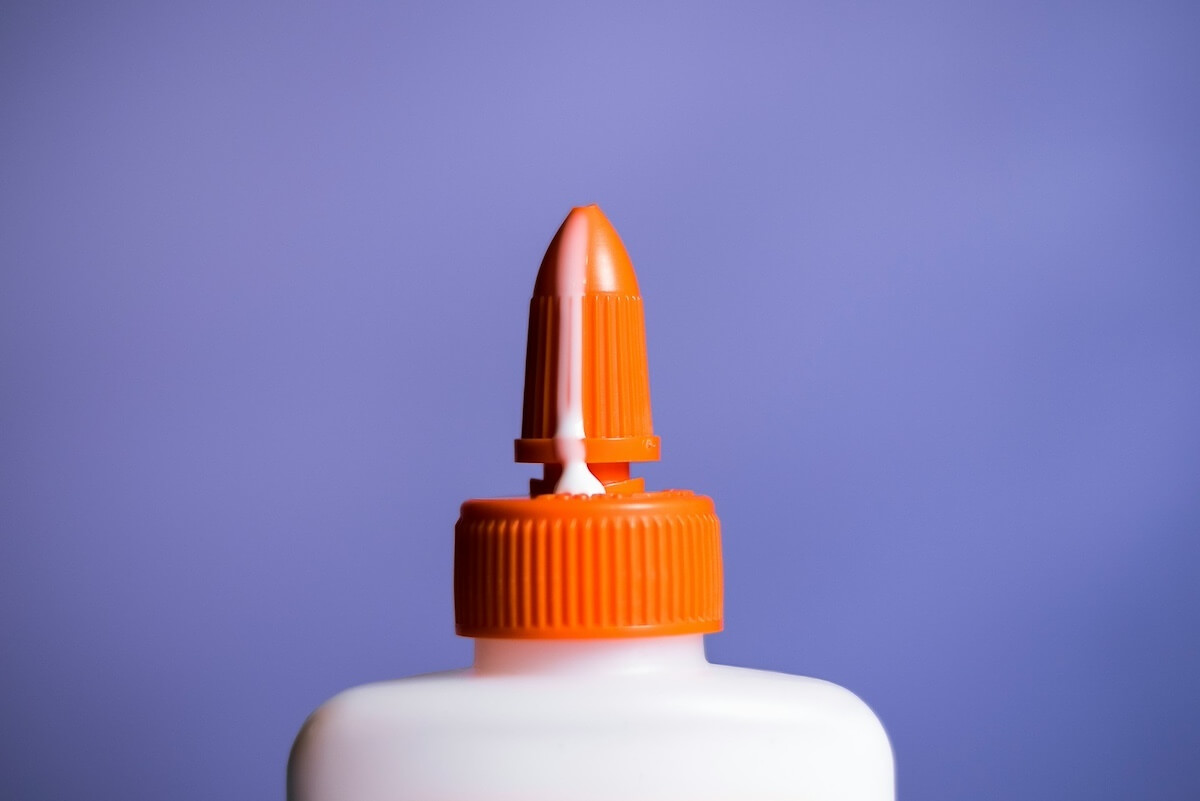If you run a small shop, you’ve probably had a “glue day.” The tank’s clean, boxes look fine, and then—stringing at the gun, ooze on the flap, labels flagging after a cold delivery. You burn an hour purging, slow the conveyor, and start wondering if the adhesive changed or if the board did. What feels random is usually predictable. Most packaging mess boils down to three variables: the materials you’re trying to bond, the speed and compression you can actually give them, and how steady your application settings stay during a shift.
This guide keeps it practical. We’ll translate those three variables into decisions you can act on—what chemistry to buy, how to set it up, and what to watch so you’re not cleaning strings off sensors at 5 p.m. The goal isn’t a perfect lab bond; it’s a clean, predictable package that holds through storage, trucks, and a customer’s doorstep.
What “packaging mess” really is—and the levers you control
Mess shows up in patterns. Char and strings point to heat, filtration, or dwell problems. Glue squeeze-out and smears usually mean too much volume or too little compression. Flap-opens after a temperature swing? That’s a set-time or substrate issue, not bad luck. The upside: each symptom maps to a setting you can control.
Start with your substrates. Uncoated corrugate drinks in water; glossy SBS fights it. Labels on chilly glass are nothing like labels on warm paperboard. When you know whether you’re dealing with porous or slick surfaces—and how cold or hot they are at the moment of application—you’re already halfway to the right choice. Then look at the time window your line actually provides. If the flap sees a wink of compression before the next case, you need an adhesive that grabs fast. If you can hold pressure for even a second or two, you can pick for cleaner equipment and lower cost per thousand.
Finally, treat housekeeping as a performance lever, not an afterthought. Clean filters, stable temperatures, and a repeatable bead size are glue’s version of wheel alignment on a car—easy to skip, but expensive when you do.
Match glue to materials and speed (so you stop scrubbing equipment)
Water-based adhesives—PVA, EVA dispersions, dextrins, starches—bond by letting water wet fibers and evaporate while you hold the joint. They’re friendly on uncoated, porous board and cut-and-stack labels on paper. If your line gives even modest compression time and your board isn’t drowning in coatings, you’ll see strong fiber tear, tidy equipment, and a calmer crew.
Hot melt is the opposite play: apply molten, set on cooling. Because there’s no water to evaporate, it grabs fast and doesn’t depend on porosity. That’s why hot melt owns case and carton sealing on glossy or clay-coated stocks and shines for labels that need immediate tack. If your flap gets just a kiss of compression—or your substrates are slick—hot melt’s quick set keeps packages closed without dial-turning gymnastics.
If you want a quick primer on where each chemistry fits across cartons, corrugate, and labels, this overview of common adhesive application helps you sanity-check choices against your actual mix on the floor. Use it as a menu, not a mandate—your board lot, shop temperature, and speed still steer the final call.
Stop drips, strings, and flagging: setup that pays for itself
You don’t need a Six Sigma project to clean up application. Start with temperature control on hot melt. Hold tank, hose, and gun within the supplier’s window; ten degrees either way can flip you from glassy set to string city. If strings persist, check filter condition and bead size before blaming the adhesive. Over-sized beads don’t just waste glue—they flood joints, ooze on compression, and smear scanners.
Water-based needs a different kind of discipline. Because the bond relies on fiber wetting and evaporation, compression time is your currency. Set guides and squaring so flaps see real pressure, even if it’s brief. When humidity spikes or you move into a cold room, run a fast verification—if fiber tear drops, adjust dwell or try a dispersion with a faster set profile.
Operators matter, too. Clear labels and quick-ref SDS access reduce bad guesses when something drifts. If you’re training new staff or refreshing hazard labeling on your floor, OSHA spells out how chemical hazards and safe handling must be communicated under its Hazard Communication Standard, 29 CFR 1910.1200. It’s dry reading, but following it avoids confusion when someone new grabs a glue gun or a cleaner.
The downstream environment is part of “setup,” whether you control it or not. If your parcels spend nights in cold depots or hit express lanes in peak season, expect more stress on tack windows and set time. For planning around those realities, it helps to keep shipping expectations in view; this short explainer on how long Temu takes to ship to Canada is a good reminder of how transit speed and conditions vary—use that mindset when you pick and test adhesives for runs headed into colder routes.
Cost, safety, and compliance—without the migraine
Price per pound is the loud number; total cost per thousand is the honest one. Track consumption at your real bead size, downtime for purges, cleanup labor, rejects, and returns. That’s how a slightly more expensive hot melt can save money on coated cartons by killing flap-opens, and how a well-chosen water-based dispersion wins on uncoated corrugate by cutting purge time and solvent spend.
If your packages get anywhere near food, paperwork matters. In the U.S., adhesives used in food packaging are treated as indirect additives; the chemistry and use conditions need to align with 21 CFR § 175.105 (e.g., separated from food by a functional barrier or otherwise limited). Good suppliers will map their product to those conditions and hand you the letter you need for audits. Ask early, especially if you’re changing chemistries or switching from pails to totes.
Safety is the same story—light process, big payoff. Even small shops benefit from a simple control plan: verify viscosity or lot on receipt, keep a log of tank temps and filter swaps, and standardize end-of-shift purges. Clear labels and pictograms help new hires do the right thing without guessing; OSHA’s HazCom labeling brief is a handy one-pager to align your signs with the Globally Harmonized System.
And don’t sleep on logistics. Water-based products dislike freeze-thaw; hot melt tolerates wider storage swings but punishes lazy housekeeping. If you ship across Canada or rely on postal depots, plan inventory and label formats with tracking realities in mind—a quick skim of this Canada Post tracking guide is a helpful proxy for what your customer sees and how long your package may sit between thermal swings.
A fast test loop any small shop can run this week
You don’t need new equipment to test like a pro. Grab the exact substrate you’re running, split a few cases, and stage two adhesive candidates—one water-based, one hot melt—chosen for your stock and speed. With water-based, lock a real compression interval and check fiber tear after a realistic cure window. With hot melt, set bead size, gun temperature, and compression, then watch for stringing or build-up and adjust within spec.
Push both winners through a quick “winter” and “summer” check: chill a couple of cases in a fridge and warm a few near a safe heat source, then re-inspect flaps and labels. It’s crude, but it mirrors what happens in trucks and depots. Log everything: bead size, temps, humidity, rejects, cleanup time. When you compare, pick the option that lowers total cost per thousand, not just price per pound. That’s the adhesive that will make your crew’s day easier and your customer’s unboxing cleaner.
If your mix includes both porous and coated stocks, consider qualifying two options: a workhorse water-based for uncoated runs and a hot melt for slick or high-speed jobs. Switching by run type sounds fussy, but it protects uptime and quality without forcing a perfectly average compromise.
Sourcing like a grown-up (even if you’re small)
Big plants have commodity managers; you have a phone and tight timelines. That’s fine. Send a one-page brief to two or three suppliers: substrates and coatings you see, average and peak line speeds, compression time, typical storage temperature, and any regulatory flags (food-adjacent? recycling requirements?). Ask for one water-based and one hot melt option, both tuned to your constraints. The right partners won’t just push a drum; they’ll talk open time, nozzle sizes, filter mesh, and purge routines.
Then negotiate like your uptime depends on it—because it does. Lock in application windows, packaging formats that match your space, and tech-support expectations for the first month of a changeover. Agree on how you’ll handle resin or process changes that could affect performance, and on what evidence triggers a swap (e.g., logged increases in stringing or flap-opens under stable conditions).
Finally, keep a small contingency. A spare filter set, a verified alternate nozzle, and one backup chemistry qualified for your most troublesome stock are cheap insurance. You don’t need a warehouse—just enough to avoid a bad afternoon turning into a missed ship date.
The bottom line
Small shops don’t have room for glue drama. Match chemistry to your materials and speed, treat setup like a profit lever, and price the result by total cost per thousand—not by the sticker on the pail. When you do that, the right glue does exactly what you hired it to do: it cuts packaging mess, keeps the line moving, and gets clean, closed boxes out the door. That’s how small shops truly cut packaging mess with the right glue—with decisions grounded in the work, not the brochure.





Comments are closed